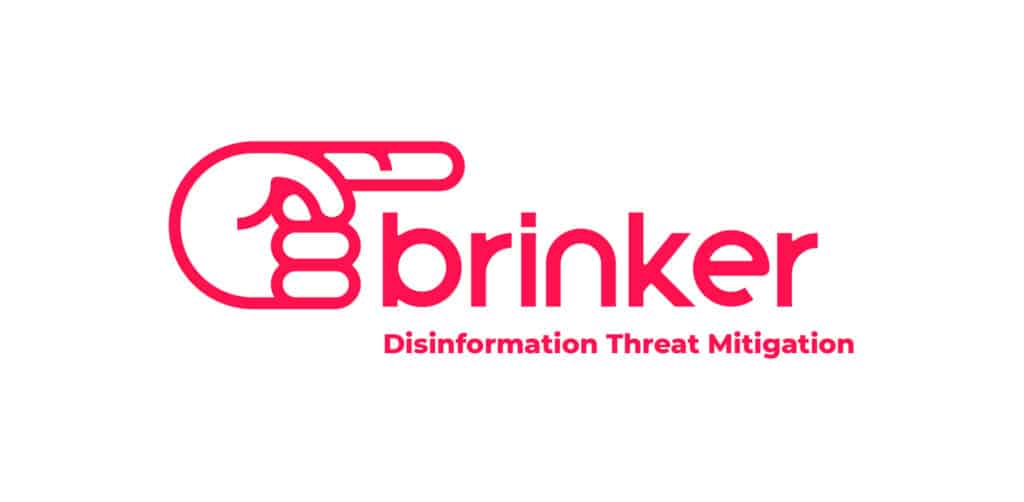Cisco Systems announced that it will invest more than $1 billion building what it calls an “Intercloud” – a network of cloud platforms that will support a variety of new business applications, including those supporting connected devices that are part of the Internet of Things. The company said on Monday that the new initiative will greatly expand its cloud business over the next two years and provide APIs (application program interfaces) that will allow application developers to rapidly create new products suitable for use in the enterprise or by resellers and service providers. A range of Cisco’s existing partners have committed to deliver products or services for Cisco’s Intercloud Cloud Services including the Australian firm Telstra, Allstream, a Canadian communications provider and Ingram Micro Inc.a major technology wholesaler. Services provider SunGard Availability Services and Integralis have signed on, as has the IT consulting firm Wipro Ltd. “Together, we have the […]
Tag: hardware
Linux IoT Worm Still Alive And Mining Virtual Coins
A few months ago we wrote about a new Internet worm notable because it spread between devices running the Linux operating systems, and because it had the ability to infect a range of non-PC devices including set top boxes. Symantec was quick to suggest that the worm, Linux.Darlloz, was the first “Internet of Things” malware. Now, three months later, Symantec is updating the story: noting that Darlloz is still out there, and seems to have been put to use mining for virtual currencies. Writing on Symantec’s blog on Thursday, analyst Karou Hayashi said that researchers there discovered a new variant of Darlloz in January that included code changes and improvements from the version discovered at the end of 2013. Darlloz is versatile: it can run on devices using a variety of architectures, including the common Intel x86, but also hardware running the ARM, MIPS and PowerPC architectures. Those are more common […]
Is Analog The Answer To Cyber Terrorism?
Ralph Langner is one of the foremost experts on the security of critical infrastructure that we have. So, generally, when Ralph says something – whether its about Stuxnet, or cyberwar or the security of nuclear power plants – folks listen. And these days, Ralph is wondering, out loud, whether our reliance on digital systems to manage critical infrastructure has gone too far. The answer, he suggests, may be to go “back to the future,” as it were: reintroducing analog systems into the control process chain as a backstop for cyber attacks. Case in point: the Department of Homeland Security’s ICS-CERT warned on Friday that firmware for Siemens SIMATIC S7-1500 CPUs (Central Processing Units) contain nine vulnerabilities that could enable attacks such as cross site request forgery, cross site scripting and URL redirection. (Siemens has issued a firmware update that patches the holes.) Langner is among the world’s foremost experts on […]
Is Refrigerator Spam Really In Our Future?
I came across an interesting post over on Wearable World News today titled “The Danger of Smart Spam In the Internet of Things.” The article, by Jessica Groopman, ran yesterday and provides a kind of conceptual overview of the security and IoT space. I think Goodman gets it mostly right: she talks about the proliferation of device types and platforms that will (or already does) characterize the Internet of Things. With hundreds of billions (compared with hundreds of millions) of Internet connected endpoints, cyber criminals, hacktivists and other bad actors have an even greater ability to create armies of compromised endpoints and harness their collective power in attacks. Goodman also gets it right when she notes that many “smart” devices run commodity operating systems like Linux and don’t require lots of special effort to reverse engineer. Finally, IoT devices frequently are low power and embedded systems that lack the processing […]
Google Readies SDK For Wearable Tech
Google will soon release a software development kit (SDK) for adapting its Android mobile operating system to wearable technology such as smart watches, according to statements by Sundar Pichai, Google’s Senior Vice President of Android, Chrome and Apps. Pichai was speaking over the weekend at the South by Southwest (SXSW) festival in Austin, Texas. He said that the SDK for wearables will be available sometime in the next two weeks and is intended to help flesh out the company’s vision for how wearable technology should work. The news was first reported here by The Guardian. Wearables are just another “platform” on which small, powerful sensors will be deployed, he said. “Sensors can be small and powerful, and gather a lot of information that can be useful for users. We want to build the right APIs for this world of sensors,” he is quoted saying. [Read more Security Ledger coverage […]






